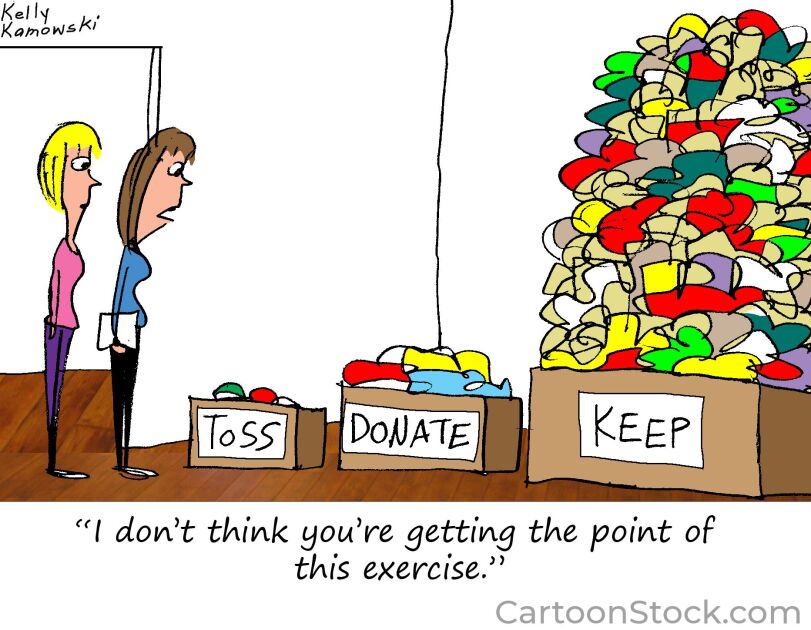State accountability systems can motivate low-performing high schools to change, a soon-to-be released study concludes, but many of those changes are likely to be modest at best.
The crucial factor in determining whether schools pursue more coherent agendas is district action, it found.
Researchers with the Consortium for Policy Research in Education at the University of Pennsylvania released highlights from the report, “Holding High Hopes: How High Schools Respond to State Accountability Systems,” during a meeting on high schools here Jan. 28-29, sponsored by the Education Writers Association.
The study examines how 48 high schools located in 34 districts across six states responded to state accountability policies in 2002-03, largely before implementation of the federal No Child Left Behind Act. High schools in the states that had sanctions for both students and schools based on performance—California, Florida, New York, and North Carolina—were more likely to pursue improvement efforts, the study found. Even schools in the states without such stakes—Michigan and Pennsylvania—had substantial, if less focused, responses. Regardless, results on state assessments were below average in all the schools studied.
At each site, researchers interviewed district administrators, school leaders, department chairmen, and teachers. Although the sample is small, the researchers said, it represents a range of school, district, and city sizes and student demographics.
Peripheral Actions
The study found that schools adopted a plethora of accountability-related initiatives, from voluntary tutoring sessions and test-preparation activities to more comprehensive overhauls of curriculum and instruction. Attempts to improve students’ ability to read, for instance, were undertaken in the majority of schools, ranging from remedial-reading programs to the creation of a reading department in one California high school.
But Betheny Gross, one of the study’s investigators, said many measures were peripheral to the core work of the school. “They didn’t actively disrupt the way teachers did their work, how they taught,” she said.
“Holding High Hopes: How High Schools Respond to State Accountability Policies” is scheduled be available from the Consortium for Policy Research in Education.
In a majority of the schools, the search for solutions was haphazard and left up to individual teachers. They often did not look beyond their own experience or that of their colleagues, the study found, and department chairmen and principals frequently failed to provide guidance. Although some schools used data to guide change—particularly in North Carolina, where the tests were directly linked to course content and teachers received timely results—that often was not the case.
“The lack of data use ... in many states stemmed in part from the infrequency of tests at the high school level—state tests were administered once per year, and often only once during the high school years,” the authors write. The lack of teacher training in data use also was a factor.
District Guidance
School districts were the most prominent and influential determinant of how high schools reacted to accountability pressures, the study found. Districts not only motivated high schools to act, but also guided the kinds of actions schools took. Teachers and administrators in more than half the high schools reported that district staff members either suggested or required the use of one or more improvement strategies in place in their schools. Engaged districts also tended to be more prescriptive, directing high schools to adopt specific strategies and monitoring how those practices were carried out.
Many districts in the study, however, did not actively promote improvements in their high schools. Researcher Elliot Weinbaum said districts that had particularly low-performing high schools, as measured by state tests; districts with larger central offices; and districts with strong leadership were most likely to support endeavors to make changes in their high schools. He suggested that building district capacity and finding effective incentives for districts to intervene in high schools are critical to improvement.







